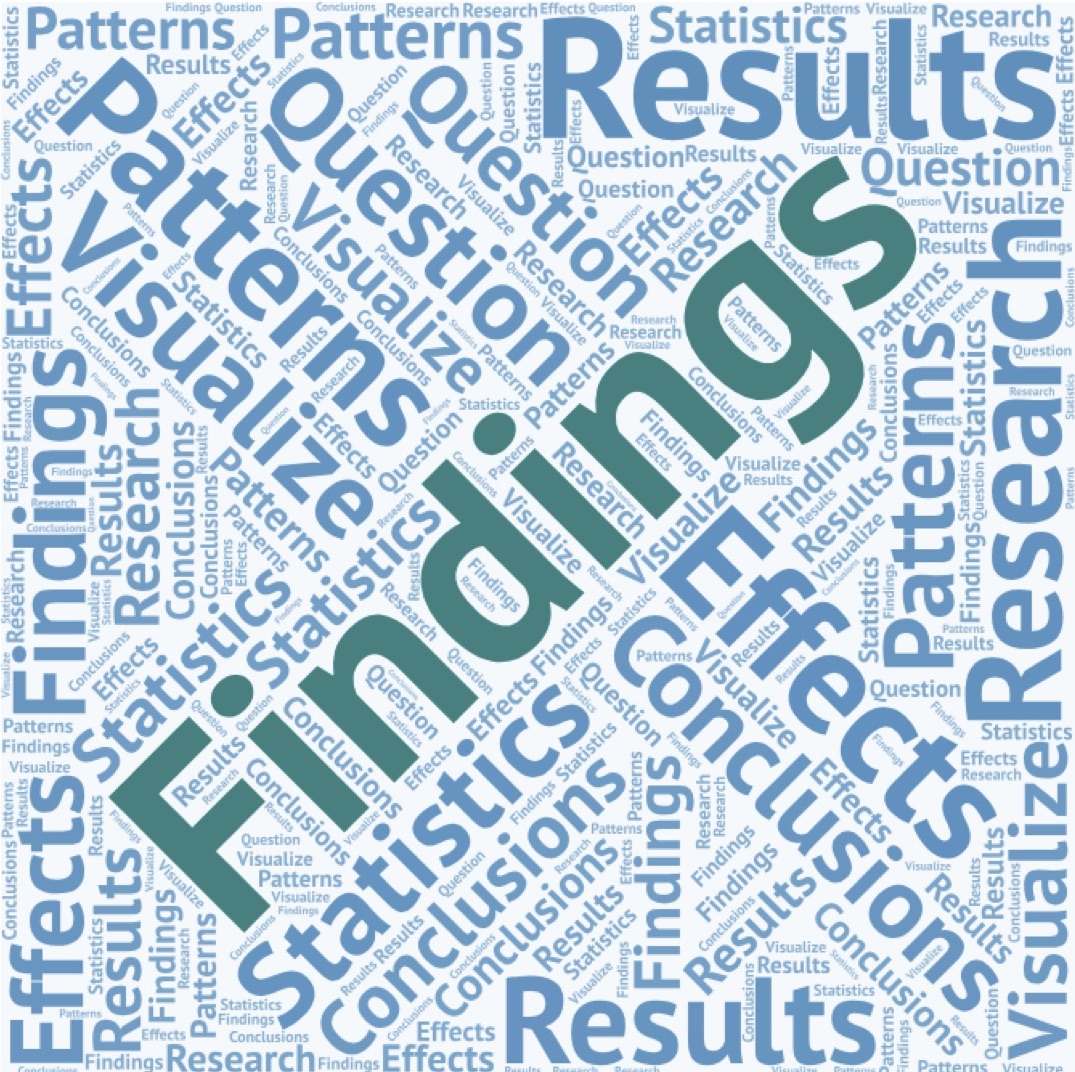Student Roadmap - Making Sense of Findings
Look at All the Findings in Context

Einstein once said, "The whole of science is nothing more than a refinement of everyday thinking." When we “do science,” sometimes we forget that science is about making sense using everyday thinking.
Making sense of science is something that happens from the initial questions to synthesizing findings, all throughout a study. Scientists constantly cross-check their ideas and relate results as they accumulate to the theoretical framework of their study. In sense-making, you are making working models for how you think something works.
When you finish collecting data, it’s time to focus all the attention on making sense of the findings. Here you examine the relationship between your evidence and the working model you developed for your research topic.
Report a summary of your data. Stop and think about your results. Consider which of your pieces of data can be used as evidence to answer your research question.
Give an explanation of the data. Explain your thinking about how you arrived at this explanation. Make sure to use your evidence to backup each point of your explanation. If you use evidence from another team’s experiments to further extend or support your explanation or evidence from the literature, make sure to cite these in your report.
Summarize and explain what you think is going on with your data.
- What were you trying to determine?
- What conditions were you comparing?
- What are the “effects” you are seeing?
- What are all of the possible causes for the effects you saw?
- How does this connect with your working models?
- Do your results change your models in any way? If so, describe how, if you can.
- If there are several possible explanations, provide them and say whether you can tell which are more likely than others.
- Describe very briefly what you would do next (if you had time) to distinguish between possible explanations or pursue your investigation further.